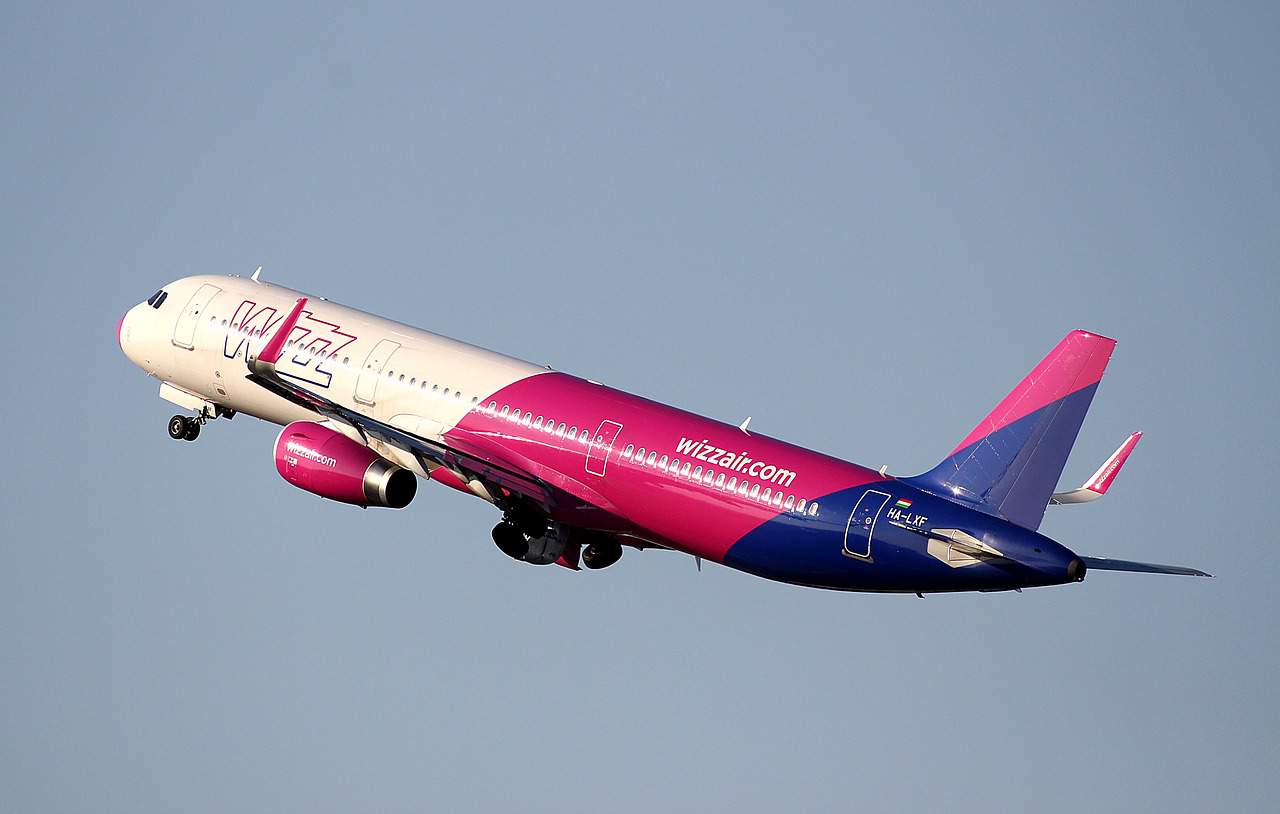Wizz Air eyes new Middle East and India routes from Central Europe

Hungarian Wizz Air is planning to launch new routes to the Middle East and India from Central Europe, according to CEO József Váradi. In an exclusive interview with Bloomberg TV, Váradi outlined the airline’s strategic direction and addressed the challenges preventing it from issuing detailed financial forecasts for the current fiscal year.
Strong short-term demand, lingering long-term uncertainty
Váradi emphasised that near-term travel demand is robust, with passenger load factors currently 1–2 percentage points higher than the same period last year. “We’ve covered our operational costs and mitigated immediate risks,” he said, noting that the next three to four months are expected to remain strong.
Despite this short-term optimism, Váradi pointed to several external factors that make longer-term forecasting difficult. These include volatile fuel prices, fluctuating exchange rates (particularly the dollar) and ongoing trade tensions, especially between the U.S. and its partners.
Tariffs and engine woes
One specific concern is the supply chain complications stemming from increased tariffs and issues related to aircraft engines. Wizz Air operates a fleet of Airbus planes that rely on engines supplied by U.S.-based Pratt & Whitney, one of the key players affected by the global trade environment.
Váradi acknowledged that these pressures could impact Wizz Air as well. However, the airline’s structure (operating under both British and EU jurisdictions) gives it the flexibility to adapt, particularly if the post-Brexit trade dynamics shift. For now, the British regulatory environment offers slightly more favourable conditions due to specific UK-US agreements, but Wizz is waiting for the long-term landscape to stabilise.
To hedge against the uncertainties, the airline is diversifying its aircraft portfolio and geographical presence, which Váradi believes will help cushion the financial impact of any future tariff changes.

Engine troubles could ease by 2027
On the technical side, Wizz Air continues to grapple with engine reliability issues, which last summer led the airline to ground about 45 aircraft. This year, around 35 planes are expected to be temporarily withdrawn from service. Váradi expressed hope that 2027 will mark a turning point, as supply and maintenance bottlenecks are expected to ease. However, it’s still unclear whether the improvements will materialise early or later in that year.
In the meantime, Wizz Air has made significant investments in spare engines to maintain sufficient operational capacity.
Delays in new aircraft, but expansion still on track
The airline has also faced delays in receiving new aircraft, particularly the Airbus A321XLR, a narrow-body, long-range jet that is central to Wizz Air’s expansion plans. While Airbus has fallen behind schedule, Váradi noted that delays are still within acceptable limits compared to other manufacturers.
Once delivered, the A321XLR will allow Wizz Air to launch new medium-haul flights from its Central European bases in Hungary, Poland, and Austria to destinations across the Middle East and India. These aircraft are crucial for Wizz Air’s strategy to tap into underserved markets while maintaining its cost-efficient model.
What does the future hold?
While the airline is not ready to issue a full-year outlook due to global uncertainties, Váradi’s comments reveal a company actively navigating turbulence with calculated moves. With a resilient short-term outlook and long-term plans to expand eastward, Wizz Air appears committed to maintaining its upward trajectory, even if the skies remain partly cloudy.
Stay informed: read more news about Wizz Air HERE!
Read also:





